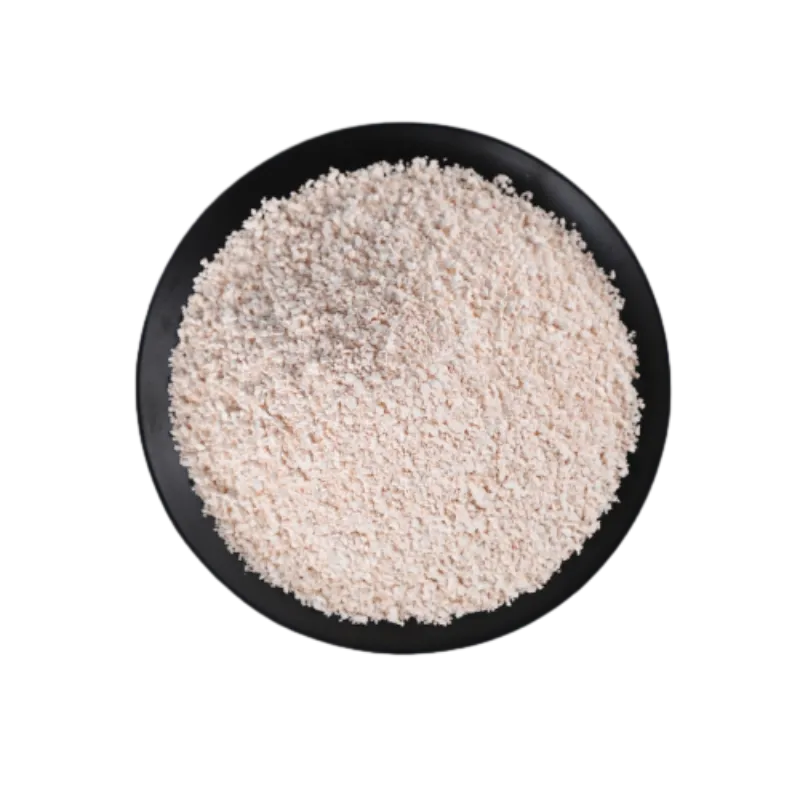
Nov . 06, 2024 20:26 Back to list
Exploring Various Types of Roof Shingles for Your Home Renovation Needs
Different Types of Roof Shingles A Comprehensive Guide
When it comes to roofing, shingles are one of the most critical components that contribute to the structure's durability, aesthetics, and energy efficiency. However, with a myriad of options available in the market, choosing the right type of roof shingles can be daunting. In this article, we will explore the various types of roof shingles, their characteristics, advantages, and disadvantages, to help you make an informed decision for your roofing project.
1. Asphalt Shingles
Asphalt shingles are one of the most popular roofing materials in North America. They come in two varieties organic and fiberglass. Organic shingles are made from paper products saturated with asphalt, while fiberglass shingles are made from a fiberglass mat coated with asphalt.
Advantages - Cost-effective Asphalt shingles are generally less expensive compared to other roofing materials. - Easy to install They are lightweight and can be installed easily by professional roofers. - Variety of Colors Available in many colors and styles, allowing homeowners to choose according to their aesthetic preferences.
Disadvantages - Lifespan Typically, asphalt shingles have a lifespan of 15-30 years, which is shorter than some other roofing materials. - susceptibility to wind damage, particularly if not installed correctly.
2. Wood Shingles and Shakes
Wood shingles and shakes are made from cedar, pine, or redwood and offer a natural look that many homeowners find appealing. While both wood shingles and shakes are made from similar materials, they differ in production; shingles are machine-cut for uniformity, whereas shakes are hand-split for a more rustic appearance.
Advantages - Aesthetic Appeal Wood shingles and shakes provide a classic and timeless look. - Good Insulators They offer decent insulation properties, which can improve energy efficiency.
Disadvantages - Maintenance Wood roofs require regular maintenance and treatment to prevent rot, mold, and insect infestations. - Cost Generally more expensive than asphalt shingles, both in terms of material and installation.
Metal roofing has gained popularity in recent years due to its durability and longevity. Common materials include steel, aluminum, and copper, which can be finished in various colors.
different roof shingles

Advantages - Durability Metal roofs can last 40-70 years, far surpassing many traditional materials. - Weather Resistance They can withstand extreme weather conditions, including heavy rain, snow, and high winds. - Eco-Friendly Metal roofs are often made from recycled materials and are fully recyclable at the end of their lifespan.
Disadvantages - Cost Upfront costs can be higher than those of asphalt or wood shingles. - Noise Metal roofs can be noisy during rain or hail, though insulation can mitigate this issue.
4. Slate Shingles
Slate roofing is one of the most durable options available and can last over 100 years. Made from natural stone, slate shingles are heavy and require a sturdy roof frame to support their weight.
Advantages - Longevity Slate roofs can last a century or more with proper maintenance. - Fire Resistance Slate is naturally fire-resistant, providing an additional layer of safety.
Disadvantages - High Cost The initial investment is significantly higher than other roofing options. - Installation Complexity Requires skilled labor for installation, which can increase costs.
5. Synthetic Shingles
Synthetic shingles are made from a variety of materials, including rubber and plastic, designed to mimic the look of traditional roofing materials like wood or slate without the drawbacks.
Advantages - Lightweight Easier to handle and install than traditional materials. - Versatility Available in various styles and colors, offering aesthetic flexibility.
Disadvantages - Newer material Being relatively new, synthetic shingles may not have as long a track record as other materials in terms of long-term performance.
Conclusion
Choosing the right type of roof shingles is crucial for the safety, security, and style of your home. Each type of roofing material offers unique advantages and disadvantages, so consider your budget, climate, aesthetic preferences, and long-term maintenance when making your choice. Consulting with a professional roofer can also provide valuable insights tailored to your specific needs. Ultimately, the right shingles will enhance not only your home’s appearance but also its value and protection.
-
Rubber Roofing Shingles - Durable & Weatherproof SBS Rubber Asphalt Shingles for Homes & Businesses
NewsJul.08,2025
-
Crest Double Roman Roof Tiles – Durable, Stylish Roofing Solution at Competitive Prices
NewsJul.08,2025
-
T Lock Asphalt Shingles Durable Roofing Solution for Long-lasting Protection
NewsJul.08,2025
-
Top Stone Coated Metal Roofing Suppliers & Manufacturers Durable Stone Coated Metal Tile Solutions
NewsJul.07,2025
-
How Many Bundles of Asphalt Shingles in a Square? Fast Roofing Guide & Tips
NewsJul.07,2025
-
How Long Should a Cedar Shake Roof Last? Expert Guide & Replacement Options
NewsJul.06,2025







